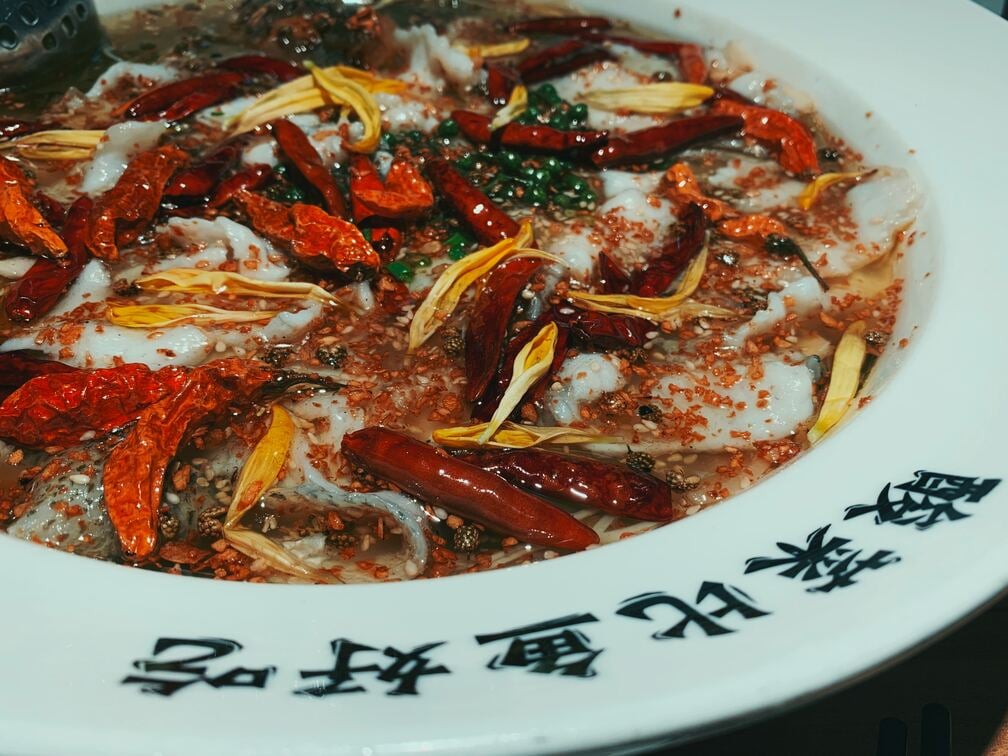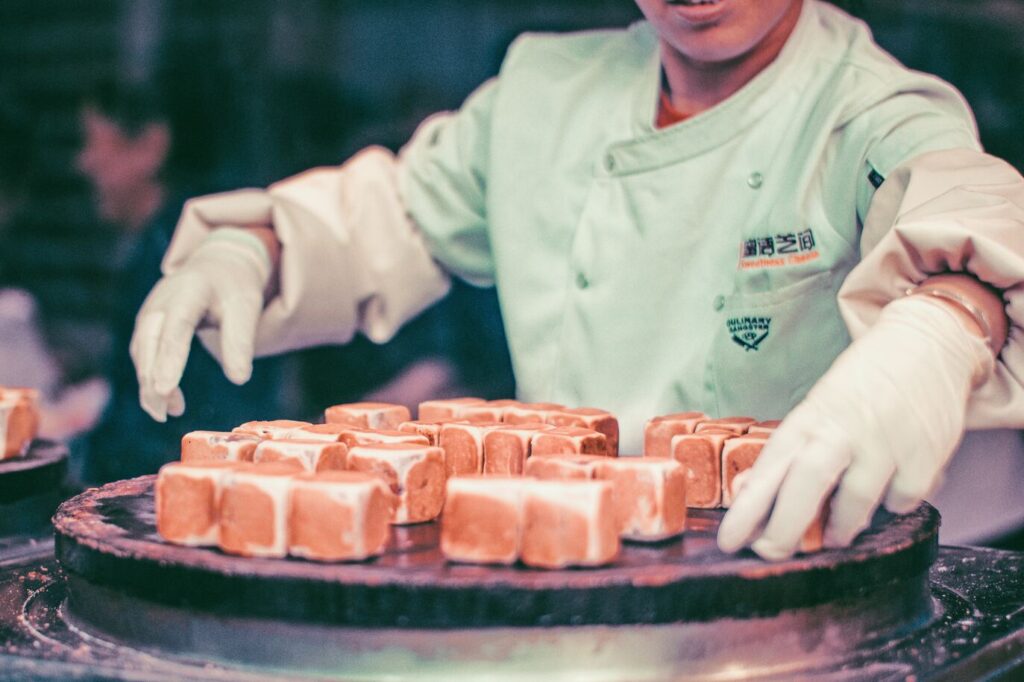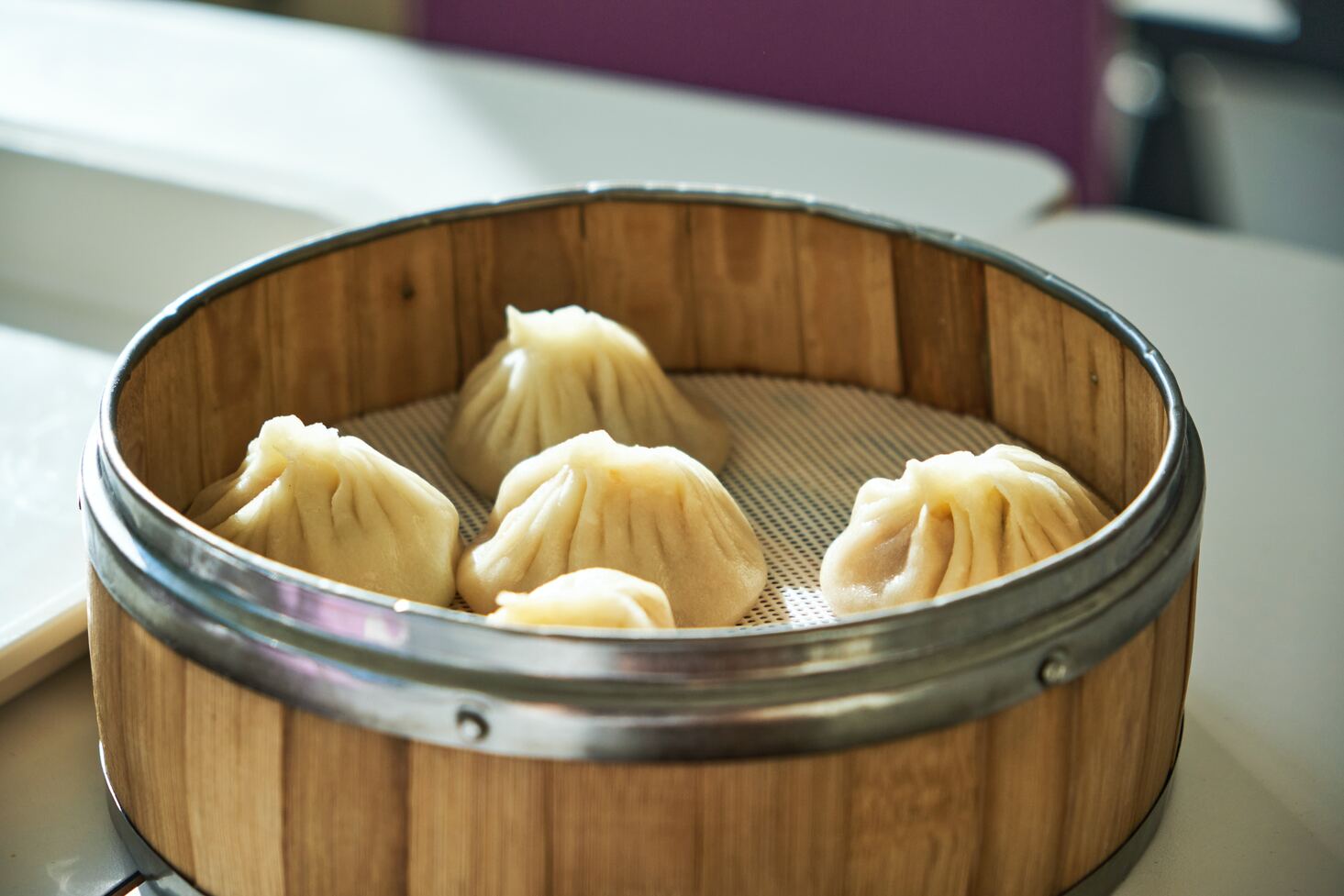Food in Beijing is influenced by flavors from all over China — and by the Emperor’s Kitchen in the Forbidden City
Food is such a large part of Chinese culture that one way to ask: “How are you?” is to check whether a person has eaten. As the capital, Beijing has a vibrant, eclectic food scene and many of its own traditional dishes. From excellent street food to fancy high-end restaurants, there is something for every palate. If you’re a foodie looking to explore every dish the city has to offer, or an adventurous traveler looking to add a new culinary experience to your vacation, Beijing has it all. Here’s Gray Line’s introduction to food in Beijing!
Introduction to Beijing Cuisine
Beijing cuisine is known worldwide for its bold flavors and unique ingredients, such as mung beans, Chinese cabbage, and shiitake mushrooms. Popular dishes include Peking duck, dumplings, jing jiang rousi and other meals that utilize a variety of sauces and spices. The style of cooking in China’s capital is known as Mandarin, Peking, or simply Beijing. It’s lighter and milder than one of the other main styles of Chinese food, Sichuan, and uses more garlic and scallions and less ginger than Cantonese cooking.

Food in Beijing has been influenced by flavors from all across China. However, its two main influences are from the coast, mainly from the nearby province of Shandong and from the Emperor’s Kitchen. Shandong cuisine is considered to be one of the Four Great Traditions of China and uses a wide variety of ingredients — especially seafood. The Emperor’s Kitchen refers to the meals that originated in the court of the Forbidden City, the huge complex of palaces that used to house Chinese emperors. One of the thousands of chefs that worked here at any one time created Peking duck.
Food isn’t the only thing to try in Beijing! There’s plenty of sightseeing to do too. The Forbidden City is a must-see, as is a trip to the Great Wall of China. The stunning gardens, pavilions and pagodas of the Summer Palace are definitely worth a visit. If you’re up for a bit of shopping, Wangfujing Street and the world’s largest shopping mall, the New China International Exhibition Center, are nearby. Whether you’re looking for a taste of old China or a modern shopping experience, Beijing has it all.
Explore the Most Popular Dishes in the Street Markets
Wandering through the city’s local markets is a great way to discover these traditional dishes and try out some of the more unusual offerings. Wangfujing Food Market is the most popular. It is full of barbecues, vats of soup and stalls selling cakes and candies — as well as the occasional deep-fried scorpion. Qianmen Street, near Tiananmen Square, is also excellent, as is Shichahai. An amazing experience is to visit the markets after night falls, sample the huge range of food on sale, and watch the entertainment while you eat.
Finding the Best Restaurants
Beijing is home to a wide array of restaurants with cuisine from all over the world. But the street food in this city is unparalleled! From traditional jianbing to modern bubble tea, a stroll through the city will lead to countless discoveries of deliciousness. Whether you’re a fan of sweet or savory, Beijing has something to offer you.

Trying some of the local favorites, such as Peking Duck, chicken skewers, noodles or dumplings, is a great way to get to know the city and its restaurants. Keep in mind that these offerings vary widely depending on the restaurant you visit. The top restaurants in Beijing include the Hong Kong-style restaurant Lung Kee, the modern Italian restaurant Septime, the authentic Shanghainese eatery Fu Restaurant and the much-loved northeastern Chinese restaurant Haidi University Club.
Drinking Culture
Both traditional teas and bubble tea are very popular options to wet your whistle and Beijing has some of the best teahouses around! There will be more tea to taste than in any other place in the world. Green, black, white, yellow and oolong teas all have a range of varieties and tastes, so can discover those you like the most. Lin Xian Yu Xiang Teahouse, located in the center of Tian Tan Square, is one of the best teahouses to visit for authentic and unique tea experiences.
The Beijing beer scene is also worth mentioning. With a variety of breweries, you’ll have your pick of tasty lagers whether you’re drinking in one of the city’s trendy bars or a traditional restaurant. Tsingtao and Yanjing are two of the most popular brands.
Tips for Dining Out in Beijing
When dining out in Beijing, be sure to bring cash because many restaurants don’t accept cards. Also, be careful of petty swindles. One of the more common scams is charging twice for one meal. To avoid this, make sure to ask how much your meal is before ordering. Prices on the menus given to tourists are often different from those given to locals.

Our personal favorite area to eat — Dongcheng
With more than 600 restaurants, the hutong neighborhood of Dongcheng is Beijing’s largest and most diverse to grab dinner. Hutongs are narrow alleys that join grand courtyards. Dongcheng is home to many of Beijing’s main attractions and its protected hutongs are home to some of the best eateries and nightlife in the city. The Yan Tang Courtyard houses a contemporary restaurant serving seasonal delicacies and a selection of rare teas. Du Cuo Temple has a number of restaurants serving traditional dishes in an atmospheric setting.





